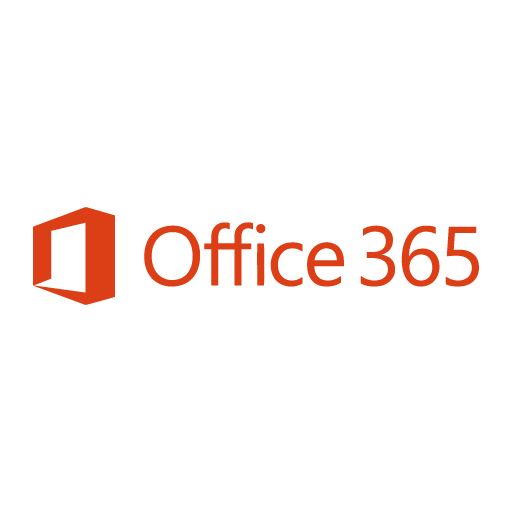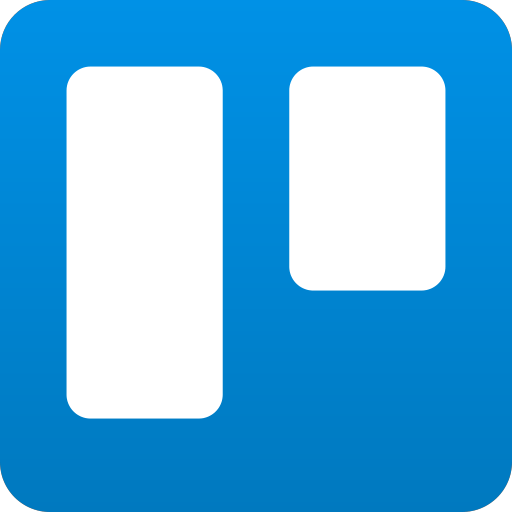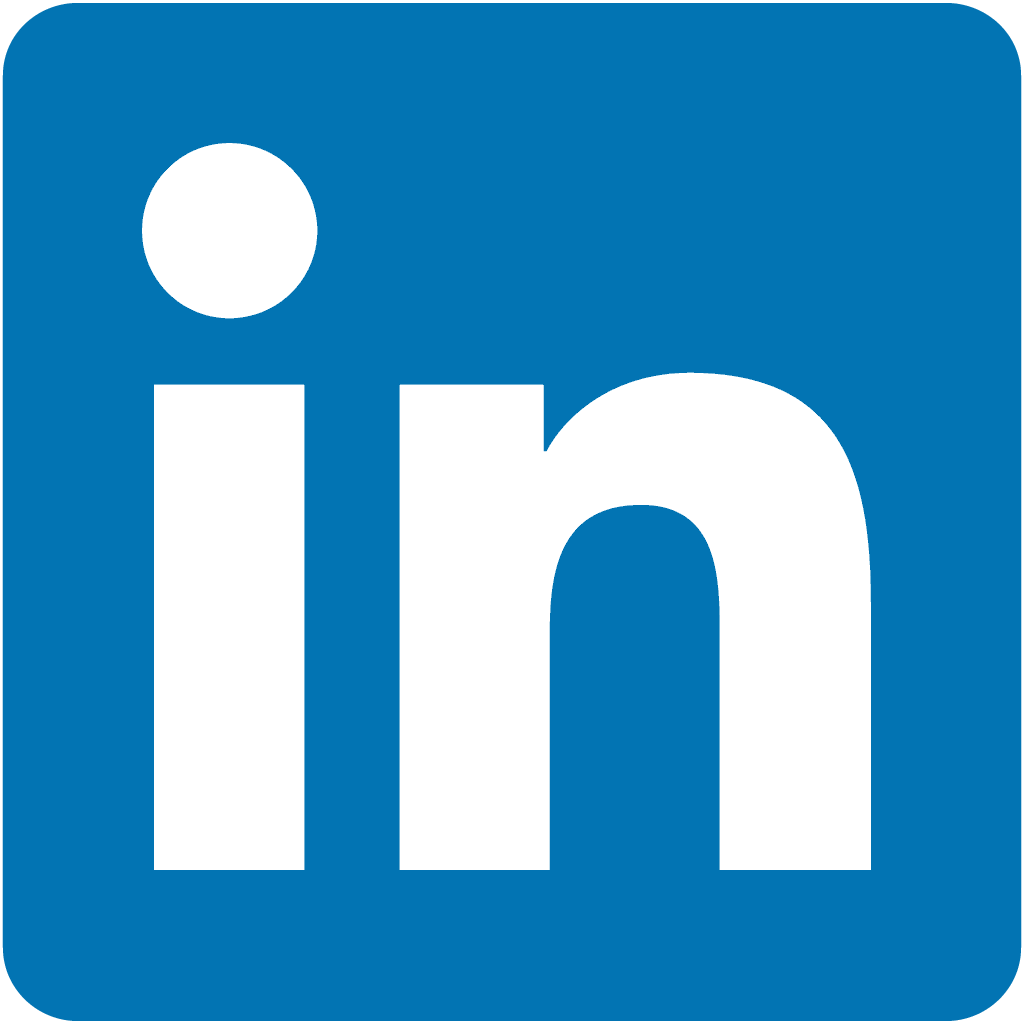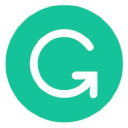How We Created A Coffee Bar Brand
Note: This business is no longer running. It was started in 2010 and ended in 2024. Reason for closure: shut down.
Hello! Who are you and what business did you start?
Hey! My name is Raivis Vaitkus, I’m one of the three Vaiekuns behind the Coffee Pixels, the smart coffee bar.
Together with my two cousins, we have invented a way to process the whole coffee cherry with cocoa butter to produce a bar that tastes like quality coffee while using fewer resources and still giving you the kick, that most expect for their cup of joe.
Coffee Pixels is the first product on the market, that's made out of whole coffee cherry - the coffee bean we all know is reunited with the fruit the bean used to grow in. It's super-rich in antioxidants, with a smart dose of caffeine (think, microdosing caffeine) & high in fiber - a product that's not just really good for the user alone, but as our production is 100% wasteless, it's the most sustainable 'coffee' there is. Besides our original coffee fruit bar, we have a supporting product, called Coffee Pixels Milk - a coffee bar, that's lower in caffeine and a bit sweeter.
The Milk bar is a no-guilt snack, that can provide a gentle lift, or complement a cup of coffee. Even though there are many ideas how to expand the lineup of Coffee Pixels in the future, currently we focus on sales of Coffee Pixels versions we have. Also we're still working out the perfect product-market fit.
As we come for Northern Europe, it's also the market we work with. Current sales are stable - roughly 15K units per month and growing, with most of the business done in Finland, Estonia, Australia & our home, Latvia. It took us 16 months to grow from around 1K units per month to get here.

What's your backstory and how did you come up with the idea?
My journey up to this point has been going through fields of hospitality, IT, corporate sales and back to hospitality, this time running a coffee shop - the place I really fell in love with coffee.
Make sure that someone isn't already solving the problem that you're about to tackle, or, more importantly, if there even is a problem at all.
Back in 2010, with the same team, we started coffee pixels, we launched a healthy lifestyle coffee shop in Riga, Latvia. We served vegetarian snacks, food & hi-quality coffee, known as specialty or 3rd wave coffee. There I found about the true story of coffee & how it can taste if done properly.

The newly acquired passion led me deeper into coffee science until I became a coffee educator myself. From managing own cafe, I went to work with the largest hospitality service provider in the country to develop a coffee service department & train others to become a barista. I also was colaborating with the Specialty Coffee Association.
A couple of years later with the other founders of the coffee shop we were brainstorming on the future of our business ventures. We felt like our journey needs a new direction & starting a production business within coffee felt like a way to go. We assumed that the positive impact we could make towards the more sustainable industry would be much greater once we grow outside our block.
One day surfing online I found that some people had tried combining roasted coffee with cocoa butter, to make 100% coffee bar - coffee chocolate without cocoa powder. I really fell in love with the idea, as it meant that the coffee bean can be used completely, without any grinds left.
So we went for a step & purchased the necessary piece of equipment to try things out.
Take us through the process of designing, prototyping, and manufacturing your first product.
The first bars were made in the kitchen of our co-founder Andris.
Unfortunately, the results didn't live up to our standards of quality coffee experience. Though the seed of curiosity was planted. With all the coffee intelligence, that I had acquired through last 6 years, we could step out of the box to figure - how to turn coffee into an edible product, that would live up to our expectations on what a hi-quality coffee should be.

We started figuring out whats missing & what should be added. Also, we could field test the product & get the feedback from our community. Finally, we got to the point where we loved the flavor & luckily the solution we came up with was also super healthy and sustainable as coffee had never been.
As production in a home kitchen was not really possible (the equipment was loud & space was limited), so we found a ultra-low budget facility, that we could self finance. It was really lo-fi production space, just enough to be approved by local food safety auorities
With fewer resources used and no waste created, we could deliver a dose of caffeine, that people were having with their espresso beverages. It was clear, the impact with the newly found concept is grand. We felt like we're shifting the paradigm of what coffee can be. We still feel the same :)
Of course, food or any packaged goods business doesn't go anywhere without the right way of marketing the product, so we had to work on that - starting with identity, messaging as well as the packaging.
As I've had studied packaging & industrial design before I was felt very passionate about these tasks. Also it let me be mindful enough to understand, that we need professional help. We had connections through the coffee shop business so we teamed up with a brand agency we had worked before. Now looking back, I can say it was needed help in clarifying the ideas we had at the time, yet it was just a start.
Since the first version of the brand messaging & product pack design multiple changes were made both by ourselves as well as with help from our friend, who happens to be a graphic designer. Even though we're happy with where we are at the moment, we also see many things that need to be improved. Also, we've learned, that orange is the trickiest color to reproduce in print :)

Describe the process of launching the business.
We left the coffee shop to people who would continue what we had started.
Myself, I left the barista training and in the same setup as 6 years earlier we started a new company to focus solely on the production of edible coffee.
As described before, we came up with a brand name & concept - Coffee Pixels - the specialty coffee bar.

My connections in the coffee industry helped to find the early sales partners, but it was clear that Coffee Pixels will have to be invested in, to properly kickstart the startup.
For a first 7 months, we struggled like hell to make our ends meet - the costs to make the bars, the costs to run the production facility & to sustain the team were way above what the income form early customers was. The only financial help we got was from the family.
As the search for investment continued, I went to the largest startup event in the region, Lattitude 59, that took place in Tallinn, Estonia. There I participated in the Pitch competition, where I got 2nd place.
Yet bigger than this was my luck with side competition organized by the city council of Fukuoka, the startup hub of Japan. There I got the first place that gave me a chance to visit Japan as well as support to enter Japanese market. Winning this competition drew new attention to Coffee Pixels and one of the investors we had spoken before decided to support us. So we finally received some funds to continue healthy growth.
With the newly raised capital, we could launch the webshop, upgrade our production equipment and hire the team members who could help with production and sales. Also during the first half year, we got some more customer feedback that made us change the initial concept of Coffee Pixels, adjusting the sales offering & redesign the packaging of the product.

With the update, we made Coffee Pixels into more of a functional food that our customers would use for its health & effect benefits, rather than just for a delicious experience.
Since launch, what has worked to attract and retain customers?
It took 10 months of customer feedback, building brand awareness and learning from our mistakes to get to the point where we felt that we could go to larger customers - retail chains and gas stations.
We found that for food products the best way to market them is giving out samples for customers to try. Especially effectively samples might work when they get in hands of opinion leaders - like journalists or bloggers.
Few of them agreed to handle Coffee Pixels, that helped us to grow volumes significantly. Once there were references from our own market, we went for the neighbor countries Estonia & Finland to find some more of retail chains that would be able to bring Coffee Pixels to larger audiences.
Even though we started out & depended (still are) on offline sales, we saw the global trend of online sales taking over retail. It was clear the online presence is crucial for our startup to continue to grow. As our previous ventures were always offline, we had to learn a lot to figure out how to drive customers to our webshop & to actually make the purchase.
The problem though, was that people are very much attached to their daily ritual of drinking coffee and coffee in edible form in their minds was just an interesting idea, not really necessary thing. Offline, when you can purchase a single bar of Coffee Pixels, one can feed their curiosity & go for a try, that could potentially lead to the second purchase. But online our customers had to invest in a box of Coffee Pixels to get the idea of what they really are & how it feels to use them. Experiencing our product is one of the, if not 'The' reason why our customers return. Still, we have to educate the users a lot, to make them understand that the most benefit they get from long term use.
For communicating with our customer we use Instagram and Facebook and with our own blog we work to raise awareness on the new habits. As most of our activity currently is taking place in the part of the world where online sales are just slowly picking up, also our investments there are 'gentle'. We direct some or the Facebook posts to the potential target audience, some funds are spent on Instagram adds, but still this is very early.
The biggest success for driving our sales has been in Finland, where we've partnered with PR agency who has made the effort & connected us with local influencers and media.
The most impactful customer drivers to our website have been appearances on 3rd party media - Wired UK (connected through tech-conference where Coffee Pixels were included in the goodie bag) & Product Hunt (posted by customer).
So to change one's habit to eat coffee instead of drinking it takes quite an effort. We believe the way to go is educating the customer on why they would benefit from eating caffeine & how caffeine overconsumption actually works against them.
We spent hours to brainstorms and customer interviews to gain more clarity. The problem in our case is that there are just too many ways, the product can benefit the customer that it's hard to choose one & only message work with. Also, the hard decision is whether to focus on a smaller niche but possibly more engaging one, or on the use case that would relate to a larger audience, yet the engagement might be less active.
Since late 2018 we've focused on brain-boosting properties of our product & target it to people who are aware of the ways food influences mental performance - those are biohackers, keto & paleo diet practitioners and everyone else who is mindful about their diet decisions.
Since clarifying our message we've invested in targeting our content, both internal as well as blog posts on our web, to the audiences on Facebook and Instagram.
Of course, we use the direct mail. Besides announcing the latest blog posts, we communicate only the most important news. At this point it's an investment since our community is still relatively small, the newsletter content is just gaining its early traction.
How are you doing today and what does the future look like?
At this point, we can say our operations are just about bootstrapped with some months still financing others & the volumes sold are sitting around 10,000 bars / a month.
Our cost of goods & production makes up roughly one-fourth of the street price and with relatively low production capacities the largest piece of the monthly costs is running the operations. Trying different strategies we've set with working with a single distributor in each market, as otherwise shipping directly to customers was too costly and splitting the margin with a partner financially makes more sense.
For online shipment across central Europe we work with fulfillment partner in the Netherlands - once our sales reached the point where we could afford to lock some stock on the shelves of the fulfillment center, it helped us to deliver the orders in a couple of days instead of a week or two. When we asked our customers, the delivery time was a major factor to decide on the second purchase.
As our growth in Baltics & Finland is slow but steady, we already look at the next market to open. We've decided it's going to be Ireland. Dublin hosts European headquarters for many international businesses, especially ones in tech - we'll try our hand in reaching our audience right at their workplace, providing the product to them through their snack programmes.
t this point, we're raising another round to boost the sales & update the capacity. Once the production capacity is raised, we'll definitely go to the US, as there we can find the largest numbers of people fitting our target customer profile. Of course, we're open to different scenarios & can be flexible in ways we grow, but as far as we see, producing the goods back in Latvia would possibly be the most effective way to continue European and Us growth before outsourcing the production in North America.
Speaking of long-term plans than, of course, the US will be the main market. At this point we, founders are aware of our own competences & aspirations, so I can be open that we plan to conquer the states with the right help - whether it's an investor, mentor or local manager. Ourselves, we enjoy the creative part of the business - building the brand, working on content and even more than that developing new flavors or creating new products.
Through starting the business, have you learned anything particularly helpful or advantageous?
As we started Coffee Pixels in really small and 'cold' market for a product like ours, we were looking to export right from day one. While exporting is a good idea, we didn't decide to focus on one single market. Failing to do that did cost us some time as well as funds, that if directed well would let us gain brand awareness, reach our audience and grow sales much quicker. Since we focused on selected markets only we were able to target combined efforts of online and offline activities to benefit both channels at.
Also, we found that for food products the best way to market them is giving out samples for customers to try. Especially effectively samples might work when they get in hands of opinion leaders - like journalists or bloggers. We've had multiple successes with this approach, the best one to mention being when we provided Coffee Pixels for goodie bags in tech conference and as the result, we got an article written about us on the Wired UK. Of course, that also spiked our sales significantly!
Another smart way to market the product we found is co-branding. Medium to large corporations with flexible marketing budgets sometimes can afford to both purchases our product (we provide attractive price) in larger quantities. They benefit from attracting extra attention from their partners & customers with unique gifts, while we benefit from sales and an extra benefit, more people meet our product & get to try.
Activities like this have brought us other customers for co-branding and on time it led to the partnership, with Coffee Pixels lovers who brought them to distribute in Australia - a market we didn't target, yet the chance was so attractive, we couldn't say 'no'.
What platform/tools do you use for your business?
Our online shop sits on Shopify, so that's a major part of our business.
While the team is small and we meet each other daily the only tool for team communication we use is Slack.
Besides that more regularly used ones are Pipedrive, Hootsuite, Google Docs. nothing really fancy there.
What have been the most influential books, podcasts, or other resources?
I do listen to podcasts myself a lot. Those are mostly nutrition, health & healthy lifestyle stations. To market the product well I need to be sure we live up to the latest & highest standards with what we sell. We just couldn't produce something that we would know is not the best we can do.
Before starting the business myself as well as other founders were frequent consumers of the content made by Gary Vaynerchuk - his a huge inspiration for what we do. There has been & still is many other - Impact Theory with Tom Bilyeu, I love marketing with Joe Polish, Brendon Burchard, etc.
Advice for other entrepreneurs who want to get started or are just starting out?
First, don't just start another business, that doesn't bring any real value for the world. For us, sustainability was a major factor when we were thinking about business ideas. If a new thing should be started, it just has to make this world a better place. Some state that as their mission, but I believe that's a must for anything nowadays.
Also, make sure that someone isn't already solving the problem that you're about to tackle, or, more importantly, if there even is a problem at all. In my opinion, the founders should be specialists in their field, that are aware of the latest scientific findings and as well as strong vision how things should evolve for that “better world” to manifest even beyond what's happening now.
The best results I see coming from a combination of scientific intelligence and business drive to create the solution and really make a meaningful impact.
Are you looking to hire for certain positions right now?
Not really looking for a team now, but would appreciate the connection to leaders, who might be willing to get on the boat & grow Coffee Pixels in the US.
Where can we go to learn more?
- Website
- We have reserved a spot on Youtube. No content there, yet, but in near future, we plan to utilize video a lot, so worth subscribing if you're eager to know how our view on coffee, energy, nutrition and all that combined.
If you have any questions or comments, drop a comment below!

Download the report and join our email newsletter packed with business ideas and money-making opportunities, backed by real-life case studies.

Download the report and join our email newsletter packed with business ideas and money-making opportunities, backed by real-life case studies.

Download the report and join our email newsletter packed with business ideas and money-making opportunities, backed by real-life case studies.

Download the report and join our email newsletter packed with business ideas and money-making opportunities, backed by real-life case studies.

Download the report and join our email newsletter packed with business ideas and money-making opportunities, backed by real-life case studies.

Download the report and join our email newsletter packed with business ideas and money-making opportunities, backed by real-life case studies.

Download the report and join our email newsletter packed with business ideas and money-making opportunities, backed by real-life case studies.

Download the report and join our email newsletter packed with business ideas and money-making opportunities, backed by real-life case studies.

























